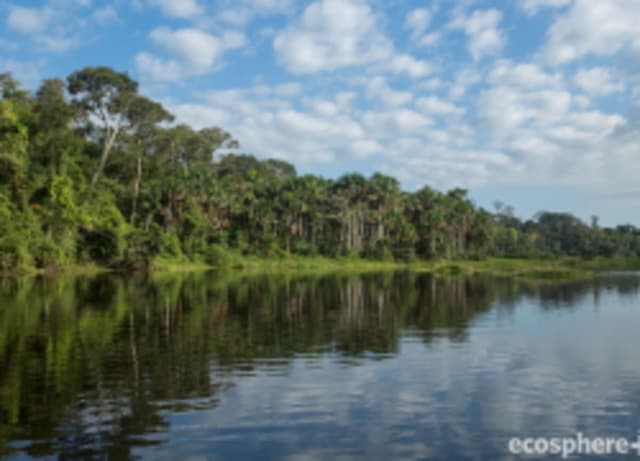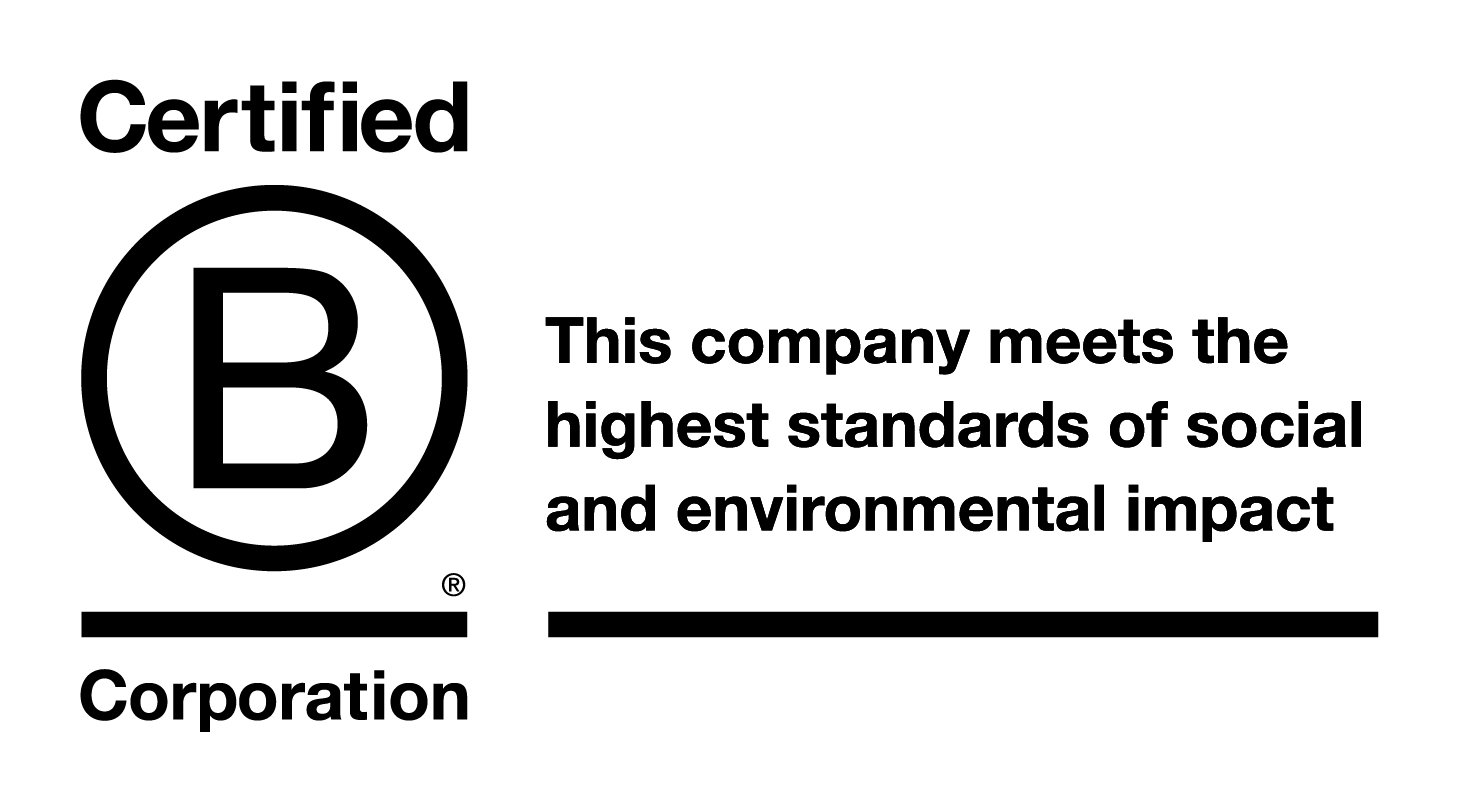Go the extra mile
Towards a cooler planet
COP29: Carbon markets and article 6 of the Paris Climate Agreement – what it means for everyone
15 March 2025
COP29 wrapped up at the end of 2024, and while the bulk of the news focussed on the new global finance goal (NCQG) to raise $1.3T annually by 2035, one of the most significant outcomes was the finalisation of the Article 6 Rulebook.
Now, I know "Article 6" might sound a bit dry and technical, but trust me, this is a game-changer for how we tackle climate change and has implications for everyone. Essentially, Article 6 sets the rules for international carbon markets – think of it as the operating manual for how countries and companies can cooperate to reduce emissions. And at COP29, after years of negotiation, we finally got it sorted.
Navigating the compliance and voluntary landscape: what’s the difference?
Before we dive into Article 6, it's important to understand the difference between "compliance" and "voluntary" climate action. Compliance is all about rules and regulations – governments saying, "You have to do this." Think mandatory carbon pricing or emission reduction targets. If you don't comply, there are penalties.
Voluntary action is different. It's about businesses and individuals saying, "We choose to do this." This includes things like companies setting their own net-zero targets or buying carbon offsets. It's about taking responsibility, but the rules aren't always as strict.
Article 6 is a big deal for both compliance and voluntary markets. Governments alone can’t solve climate change. They require companies to reduce and offset, and individuals to support those businesses and voluntarily offset. But it’s important to ensure voluntary offsetting makes a difference that otherwise wouldn’t happen, and wouldn’t be double counted somewhere else or simply reduce what’s already a mandatory action at another level. Double counting emissions reductions is a critical issue that has plagued the sector.
This is where Article 6, and specifically 6.2 and 6.4, come in. These sections deal with ITMOs (Internationally Transferable Mitigation Outcomes), which are essentially carbon credits that can be traded between countries. The rules around ITMOs allow for consistency and centralised accounting at an international level, ensuring that emissions reductions are tracked accurately and that everyone is playing by the same rules. This is a huge step forward.
From my perspective, the impact on the voluntary market is going to be huge. It provides much-needed certainty for investors backing climate-conscious projects, and it gives countries confidence that they can use these projects to meet their own climate pledges (NDCs). This unlocks a flow of finance into developing nations that are well-placed to generate high-quality carbon credits. Now that the rules are clearer, we can focus on which projects are actually making a difference. We need to support the projects that genuinely fix our planet and ensure funding isn't being diverted to projects that, while perhaps well-intentioned, don't deliver the same level of impact.
We, at CarbonClick, advocate for projects that truly make a difference. We also push for standards that weed out projects drawing funding away from these high-quality initiatives without necessarily making as much if any difference. (We call this our 7-point impact check, and we’re happy to walk you through what to look out for when deciding which project to support if you want to go carbon neutral, net zero, or otherwise).
What this means for stakeholders
This is where it gets relevant to everyone. These changes have wide-ranging implications for various stakeholders:
- Governments: They now need to integrate these new Article 6 rules into their national climate strategies. This means updating policies, regulations, and reporting frameworks.
- Businesses: Especially those using or considering using carbon offsets, need to prepare for stricter accounting measures and greater transparency. This could mean changes to project development, verification processes, and reporting. Companies will need to ensure their carbon offset strategies are robust and credible.
- Investors: The finalised rules provide more clarity and certainty, which can unlock investment in climate-friendly projects. However, investors also need to understand the new risks and opportunities associated with the changing carbon market landscape.
- NGOs and Civil Society: These groups play a crucial role in holding governments and businesses accountable. They'll be watching closely to ensure the rules are implemented effectively and that the carbon market delivers real emissions reductions.
- Individuals: As consumers, we're increasingly demanding sustainable products and services. The changes to Article 6 can help ensure that the carbon offsets we support are genuinely making a difference.
Looking back and what’s next
Before COP29, the carbon market landscape was, frankly, a bit of a mess. No one could agree on the rules, which created a lot of uncertainty and hindered investment. Climate finance was also a major concern. Now, with the Article 6 Rulebook finalised and progress on the Loss and Damage Fund (more on that later), we're finally moving forward. But the hard work starts now. We need governments and businesses to actually implement these agreements. We need more ambitious climate action, and we need to ensure the carbon market is delivering real, measurable emissions reductions.
Potential pitfalls
Even with the progress, there are still some potential pitfalls. Greenwashing is a major concern. We need strong rules and transparency to ensure the carbon market isn't just a way for companies to appear green without making genuine changes. As I've said before, every bit we do to reduce emissions helps, and purchasing carbon credits can be a valuable tool. But it’s not a silver bullet.
The future of carbon markets
Looking ahead, I believe the future of carbon markets is bright. We’ll see more innovation, greater transparency, and increased demand for high-quality carbon credits. As climate policies evolve, we’ll need to adapt and ensure we're meeting the highest standards. I anticipate continued growth in the voluntary carbon market.
The bottom line
COP29 was an important step forward, especially with the finalisation of Article 6. But it’s just the beginning. The real work starts now. Everyone has a role to play in driving real climate action.
Remaining risks in carbon markets
Even with the Article 6 rulebook finalised, several risks remain:
- Greenwashing & low-integrity credits – Some companies may still buy cheap or low-quality offsets to appear "carbon neutral" without actually reducing their emissions.
- Double counting – Despite new rules, there's still a risk that the same carbon reduction is counted by multiple entities (e.g., both a country and a corporation).
- Baseline inflation – Some projects exaggerate their emissions reductions to issue more credits than they actually achieve.
- Permanence risks – If a forest is planted as an offset but later burns down or is cut down, the emissions reduction is lost.
- Lack of enforcement – Even with clearer rules, enforcement depends on how well countries implement them. Weak regulation could allow low-quality credits to slip through.
How can greenwashing still occur?
Despite stronger rules, greenwashing can still happen in several ways:
- Overstating impact – Companies may claim they are “net zero” just by buying offsets, without actually reducing their emissions.
- Using low-quality credits – Some offsets fund projects that would have happened anyway (e.g., hydroelectric dams that were already planned).
- Ignoring additionality – If an offset project doesn’t lead to new emissions reductions (i.e., the project would have happened regardless of the funding), it’s not truly offsetting.
- Cherry-picking data – Companies may report only their offsets, without mentioning other emissions they are still producing.
- Long-term risks – If a project (like reforestation) is later destroyed, the carbon savings are reversed, but companies may still claim credit for them.
How to ensure carbon credits are bona fide & reliable
To avoid greenwashing and buy high-integrity carbon credits, here’s what to look for:
- Verified standards
- Additionality
- Permanence
- Transparency
- Avoid "too good to be true" prices
CarbonClick's approach
At CarbonClick, we use a 7-point impact check to assess projects and avoid greenwashing. We ensure:
✅ Projects meet top-tier certification standards
✅ Credits aren’t double-counted
✅ Emission reductions are real, additional, and permanent
✅ Transparency in reporting and tracking
Would you like a deeper dive into how our impact check works? Happy to walk you through it!
If you want to learn more about CarbonClick, please click this link: https://www.carbonclick.com/
17 South Street
Auckland 1010
New Zealand
info@carbonclick.com- -
- X
Sign up. Be inspired. Get clicking.
Subscribe now to stay up to date with CarbonClick, carbon offsetting and climate action.
By signing up you agree to our Privacy Policy.


